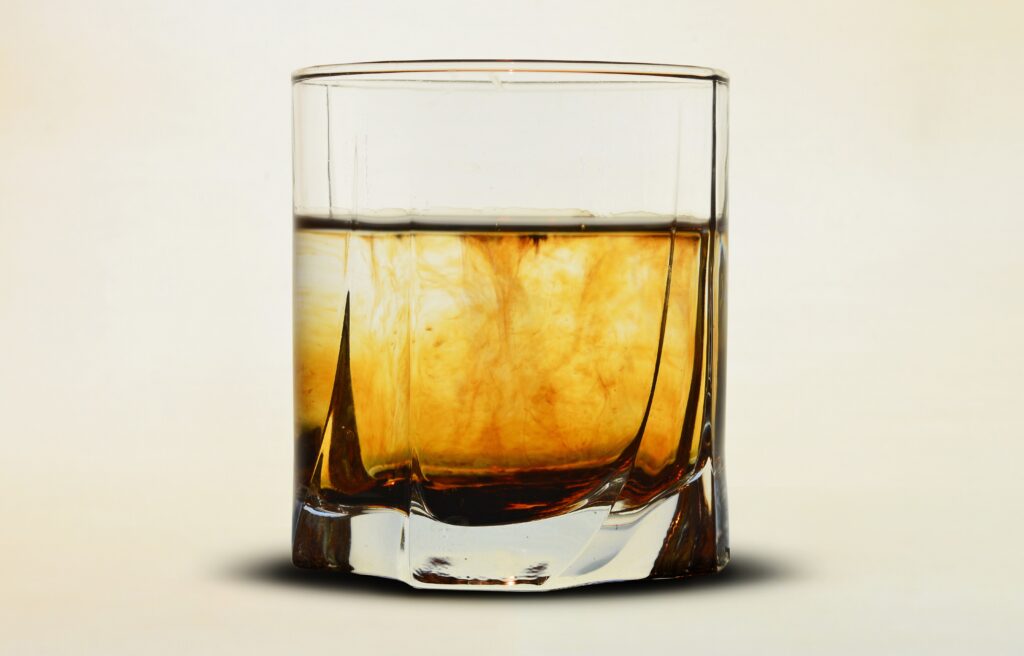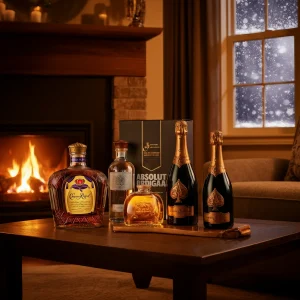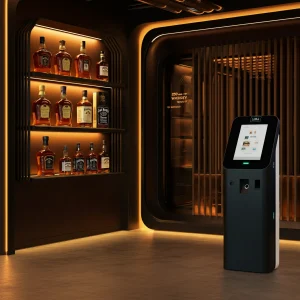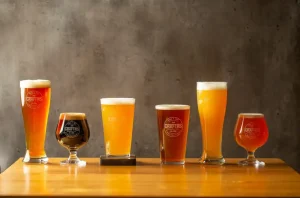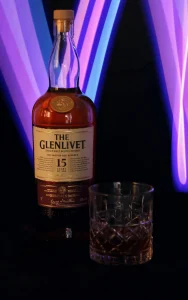Cognac and Brandy are challenging to navigate the confusing labyrinth of spirits that use wine and grapes as their major distillation ingredients. Although some are national spirits, others are localized.
Depending on the type of raw material employed, the level of alcohol present, their history, or other variables, some have various distillation processes and properties.
BRANDY
By distilling wine, brandy is an alcoholic beverage produced.
It is thought to be one of the world’s oldest spirits because of its colorful past. The in-depth analysis of the earliest distillers’ attempts to produce alcohol using fermented wines. The word is a contraction of Brandywine, which is Dutch for “burnt wine.” The Dutch were expert wine and spirit traders in the 17th century, transporting goods along the Atlantic coast from France to Portugal and then on to Britain and the rest of Northern Europe.
Italian brandy is primarily made from Trebbiano or white wine and has a minimum alcohol content of 38%. The term “Brandy” may only be used to describe spirits made in Italy from domestically grown and vinified grapes and aged for at least six months in 10-hectoliter casks or at least twelve months in oak barrels. To give the brandy its amber color, either it matures in wood or legal flavorings and colourants are added. Brandy is typically colored with caramel, and precisely calculated boisé, or oak wood extracts, add tannin and structure while giving it an aged flavor.
At Bologna, Jean Bouton founded the first brandy-producing company in Italy, which would later become Vecchia Romagna. Bologna would eventually emerge as the nation’s main Brandy-producing center. Due to a bilateral agreement that permitted only brandies made in the Cognac region to use the title, Italian brandy was referred to as Cognac until 1948, much as the most well-known French spirit. The poet Gabriele D’Annunzio came up with the term “isn’t,” which is taken from “agua ardente” or “flaming water,” as a result of names being Italianized during the Fascist era but then abandoned.
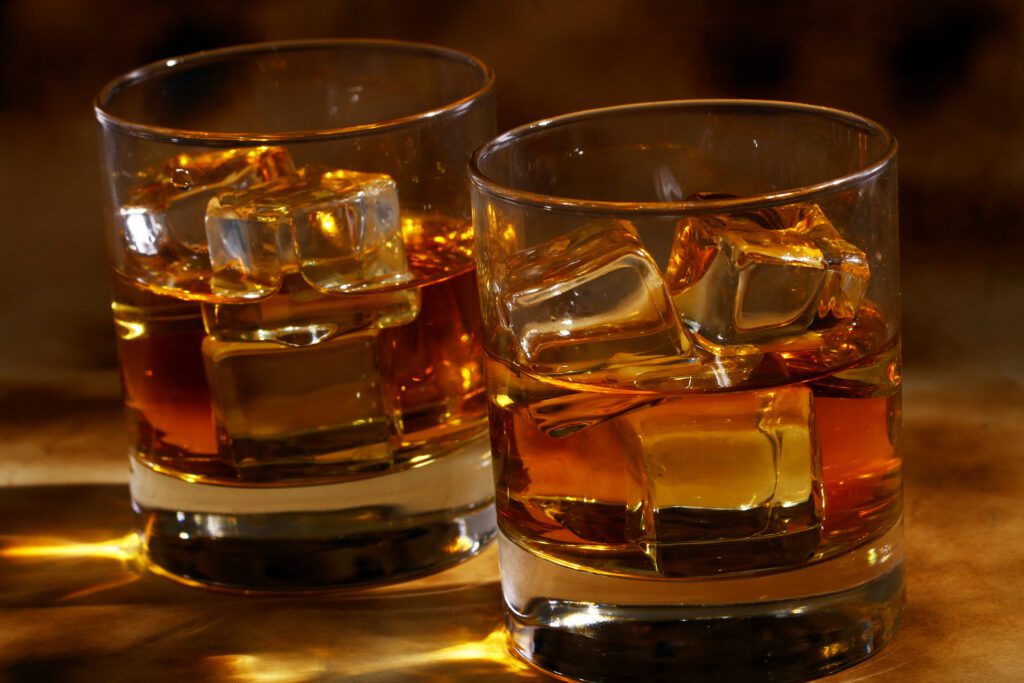
COGNAC
The French city of the same name, which is situated in the Charente wine-producing region north of Bordeaux, is where the alcoholic beverage was known as Cognac is produced. At least 90% of the wine needed to make cognac must come from Ugni Blanc, Colombard, and Folle Blanche grapes, either separately or in combination. Other grapes including Montils, Semillon, Jurançon blanc, Blanc Ramé, Select, and Sauvignon may be used to make up the remaining 10%. GrandeChampagne, Petite Champagne, Les Borderies, Le Fins Bois, Le Bons Bois, and Le Bois à Terroirs are the six crus that make up the grape-growing region. There are incredibly strict regulations (Appellation d’Origine Contrôlée) for cognac.
Cognac is manufactured in two phases and contains 40 degrees of alcohol. After a brief press of the grapes, the must is left to ferment for roughly a month. After wine fermentation, the wine is distilled using a classic Charentais direct fire still. In two distinct stages, this discontinuity still produces an extremely alcoholic distillate. Sometimes, the premièrechauffe and bonne chauffe is combined with a process known as maquillages—the addition of sugar, caramel, or boisé—to extract the Cognac’s key aromas and increase the alcohol content to enhance the spirit’s pleasantness, amber color, and body.
J&J Alcohol Delivery offers a wide range of alcohol types and 24 hour alcohol delivery possibilities for every client. Our alcohol delivery menu is always available on our official website, so do not miss to check it out immediately and take some additional information for all of them.
You may stay on the couch and receive the best selections straight at your door thanks to J&J Alcohol Delivery.
